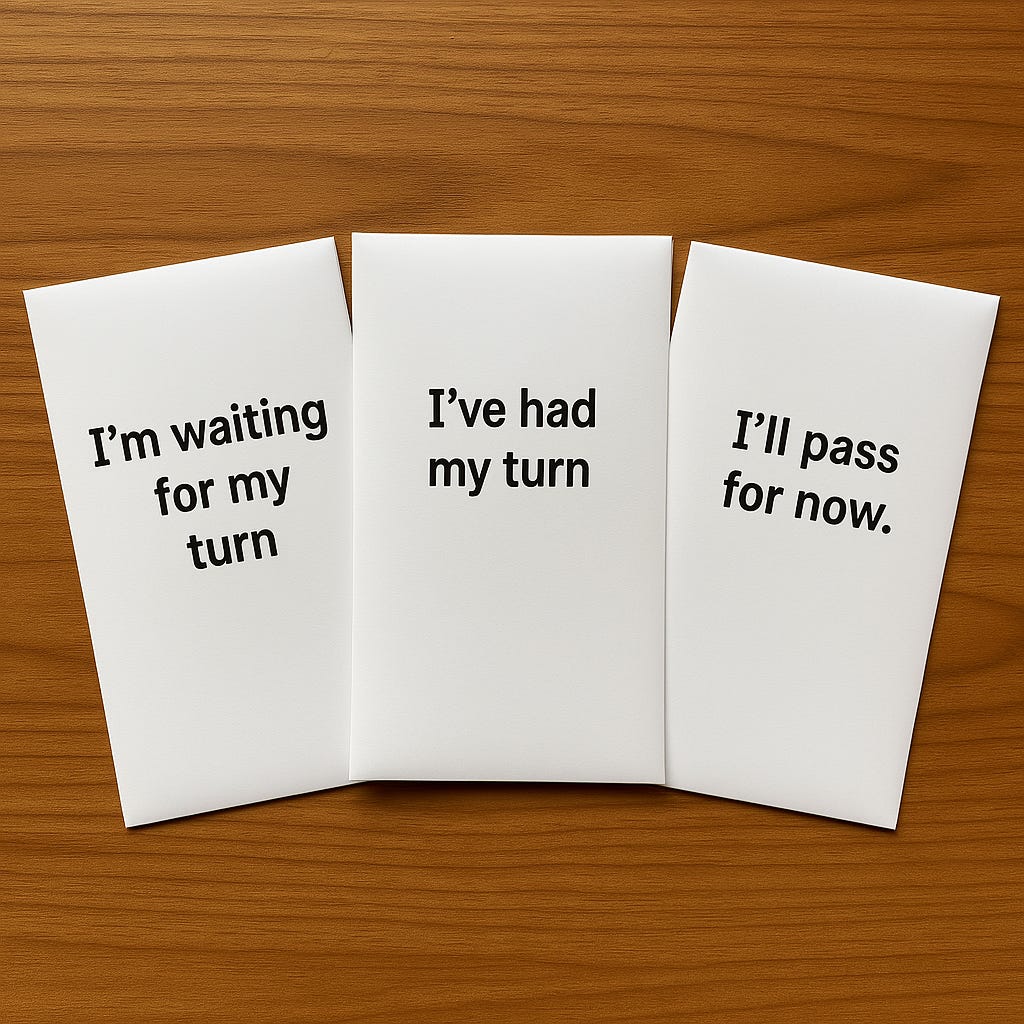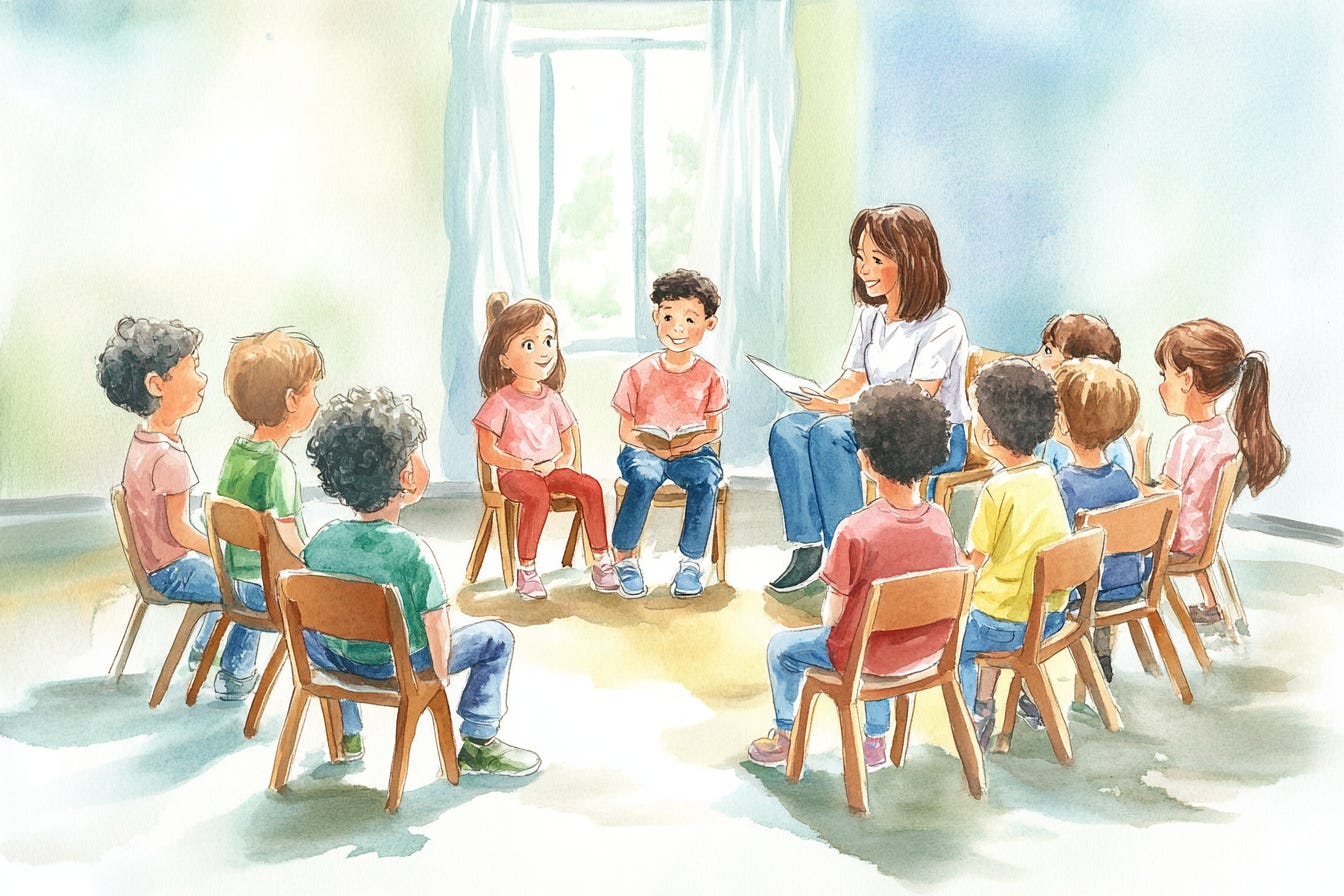Circle Talk: A Simple Strategy to Help Kids Find Their Writing Voice
One of the most common challenges young writers face is knowing what to write about. You’ve seen it—blank stares, pencils hovering, and kids whispering “I don’t know what to write.”
That’s where Circle Talk comes in.
This simple, low-pressure routine helps students generate writing ideas by talking first. It’s especially helpful at the beginning of the year when you’re building writing stamina, launching writers’ notebooks, or just getting to know your students.
Let me walk you through how it works—and why it works.
What Is Circle Talk?
Circle Talk is exactly what it sounds like: students gather in a circle and take turns sharing. There’s no pressure to perform. It’s just about talking—and listening.
The goal? To build community, spark ideas, and give kids something real to write about.
Step-by-Step: How to Launch Circle Talk
Gather in a Circle
Invite students (and yourself!) to sit in a circle.
Write each name (including yours) on an index card and place all the cards in an envelope labeled “I’m waiting my turn.”
Set a timer for 15 minutes.
Share One at a Time
Draw a name. That student has the choice to share one thing with the group—a memory, a moment, a fun fact, a joke, a favorite book . . . anything.
If a student shares, move their card to the envelope labeled “I’ve had my turn.”
If they pass, move their card to the envelope “I’ll pass for now.”
Circle Back
If time allows, go back to the “pass” students and give them a second chance.
If not, choose from that envelope first the next time you get together to share and write.
Prepare to Write
Spend five to ten minutes talking with the students about the various types of ideas shared during Circle Talk. (This will serve as your mini-lesson in writing for the day.)
Begin a running list of writing ideas based on the sharing from that day. Add to it each day as new ideas emerge during Circle Talk.
It's Time to Write
After Circle Talk, everyone heads back to their desks for 10 minutes of silent writing—including you.
Students can write about what they shared that day or anything else they want to write about: They may write about something on the list of ideas, something similar to what someone else shared, or something totally unrelated. There’s no wrong answer.
Keep the Routine Going
Begin the next day where you left off the day before—always starting with any names in the “Pass” envelope. When everyone has had a chance to share, move all names back into the “I’m waiting for my turn” envelope and begin the process again.
During Writing Time, students may choose to add to their writing from a previous day OR they may begin a new piece of writing.
During the first two weeks of Circle Talk, students always have the choice to share something off the top of their heads (as they did on Day 1) OR they may share some of their previous writing.
Grow and Modify the Routine as Needed.
Too much time spent talking by just one student? Add a three-minute limit per speaker.
Have a student who always chooses to pass? Remove the pass option.
Students need more time to write? Trim Circle Talk to 10 minutes.
Once your students are comfortable writing daily, Circle Talk can evolve into a Formal Writers’ Workshop: mini-lesson → writing → sharing (or, in my case, sharing → mini-lesson → writing. (More on that at a later date!)
Why Circle Talk Works
Circle Talk helps students:
Build confidence
Learn from each other
Feel heard and seen
Realize that everyone has stories worth telling
Try It Tomorrow
All you need is a timer, a few index cards, and a little time to talk. Circle Talk is one of the simplest and most powerful ways to help students discover their voices—and build classroom community at the same time.
If you give it a try, I’d love to hear how it goes!
Happy Writing! Happy Teaching!
—Nancy



